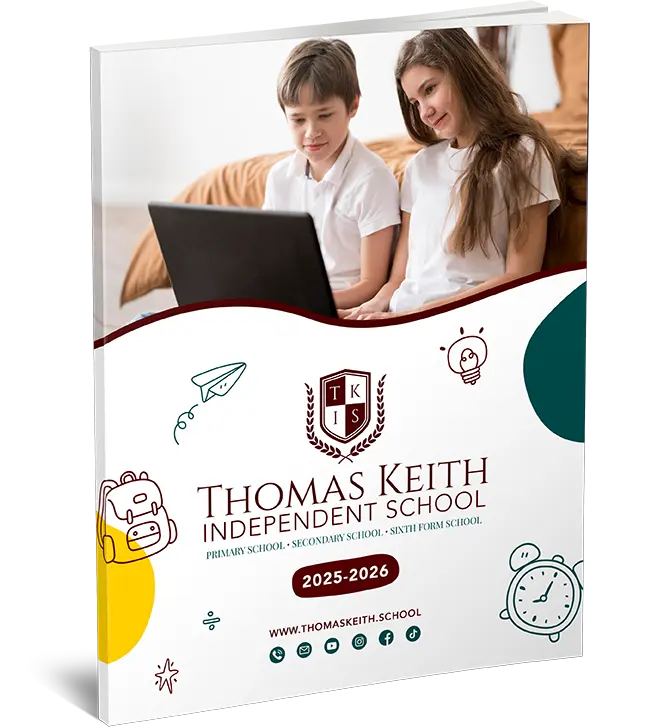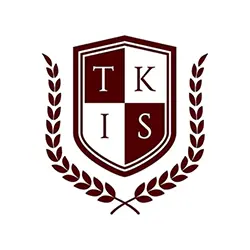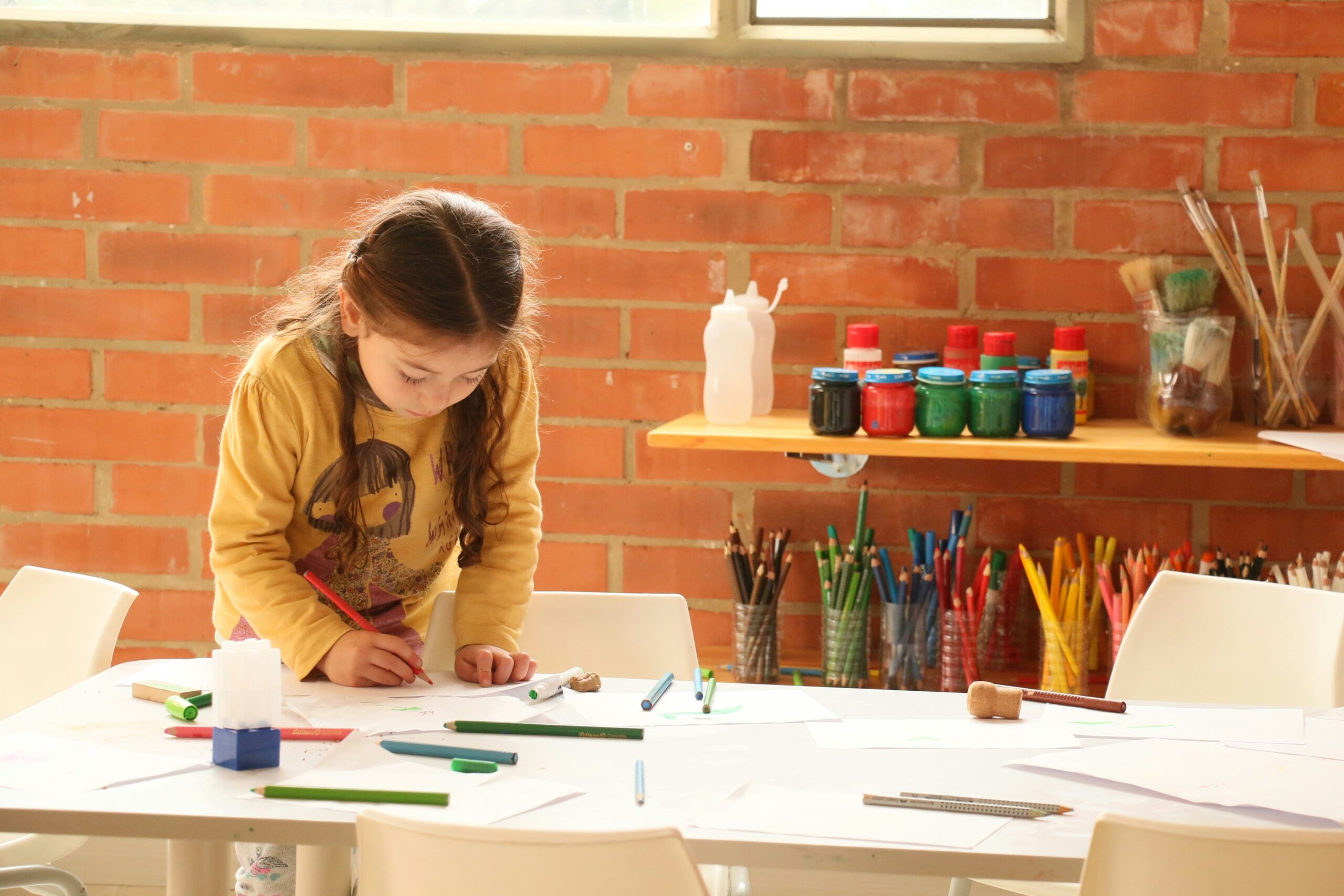Planning A Story For KS2 involves creating a clear structure, relatable content, and a focus on key points that will keep young readers engaged. Whether you’re writing for an assignment or just having fun with storytelling, this guide will help you craft a story that is simple, entertaining, and easy for KS2 students to understand.
Key Points to Cover in Planning A Story For KS2
Introduction:
Begin with an interesting hook that captures the reader’s attention. Introduce the main character and the setting clearly and concisely. For example, “Thomas Keith is a student at Thomas Keith Online Independent School. He enjoys learning from home because it’s flexible and convenient.” This sets the stage for the story and gives the reader a sense of where and who the story is about.
Problem:
Introduce a challenge that the main character faces. The problem should be simple and relatable to children. It could be something like dealing with distractions, facing a tough task, or overcoming fear. For example, “Thomas struggles to stay motivated when learning from home. It’s easy to get distracted by his toys, phone, and TV.” This makes the story relatable to young readers, as they can understand how distractions can affect learning.
Solution:
Show how the character solves the problem. This could involve effort, seeking help from others, or discovering a new way of thinking. For example, “Thomas starts setting small goals each day. He makes a schedule and sticks to it. His teacher gives him tips on staying focused.” Showing a clear solution gives the story structure and allows readers to see how challenges can be overcome.
Ending:
Conclude with a positive resolution. The character should overcome the challenge, showing growth or success. For example, “By the end of the week, Thomas feels proud of his progress. He continues to use his schedule and stays on track with his learning.” The ending should be satisfying, showing that the character has learned something valuable.

Example: Thomas Keith and His Online Learning Journey
Introduction:
Thomas Keith is a student at Thomas Keith Online Independent School. He enjoys learning from home because it’s flexible and convenient, but he often finds it hard to stay focused on his lessons.
Problem:
Thomas gets distracted easily when learning from home. He finds himself playing with his toys, checking his phone, and watching TV instead of finishing his assignments. His teacher notices this and suggests that he find a way to stay focused.
Solution:
Thomas’ teacher encourages him to set small, achievable goals each day. He creates a schedule and checks off each task as he completes it. Thomas also learns to take short breaks to keep his mind fresh. As a result, he becomes more focused and starts staying on track with his lessons.
Ending:
By the end of the week, Thomas is completing all of his assignments on time. He feels proud of his progress and continues to use his schedule to stay organised. His ability to stay focused improves, and he realises how important it is to stay on track with his learning.

F&Q
Q1: How can I make my story more interesting?
To make your story more engaging, make sure your characters have clear goals and face challenges. Show how they solve problems and learn along the way. Also, include emotions and lessons learned that the readers can relate to.
Q2: How long should my story be?
For Planning A Story For KS2, keep it short and simple. Aim for around 300-500 words. This keeps it manageable for young readers while still allowing you to tell a complete story.
Q3: Should I include illustrations?
Yes, if possible, illustrations can help make the story more engaging and support understanding, especially for younger KS2 readers. Pictures can break up the text and make the story feel more dynamic.
Conclusion
Planning A Story for KS2 is about keeping it simple and focused. Begin with an engaging introduction, present a relatable problem, show a clear solution, and end with a positive conclusion. The key is to keep the language clear and direct so young readers can easily follow the plot and enjoy the story. Using familiar settings and challenges, like those students face in everyday life, will make the story even more relatable and enjoyable.




